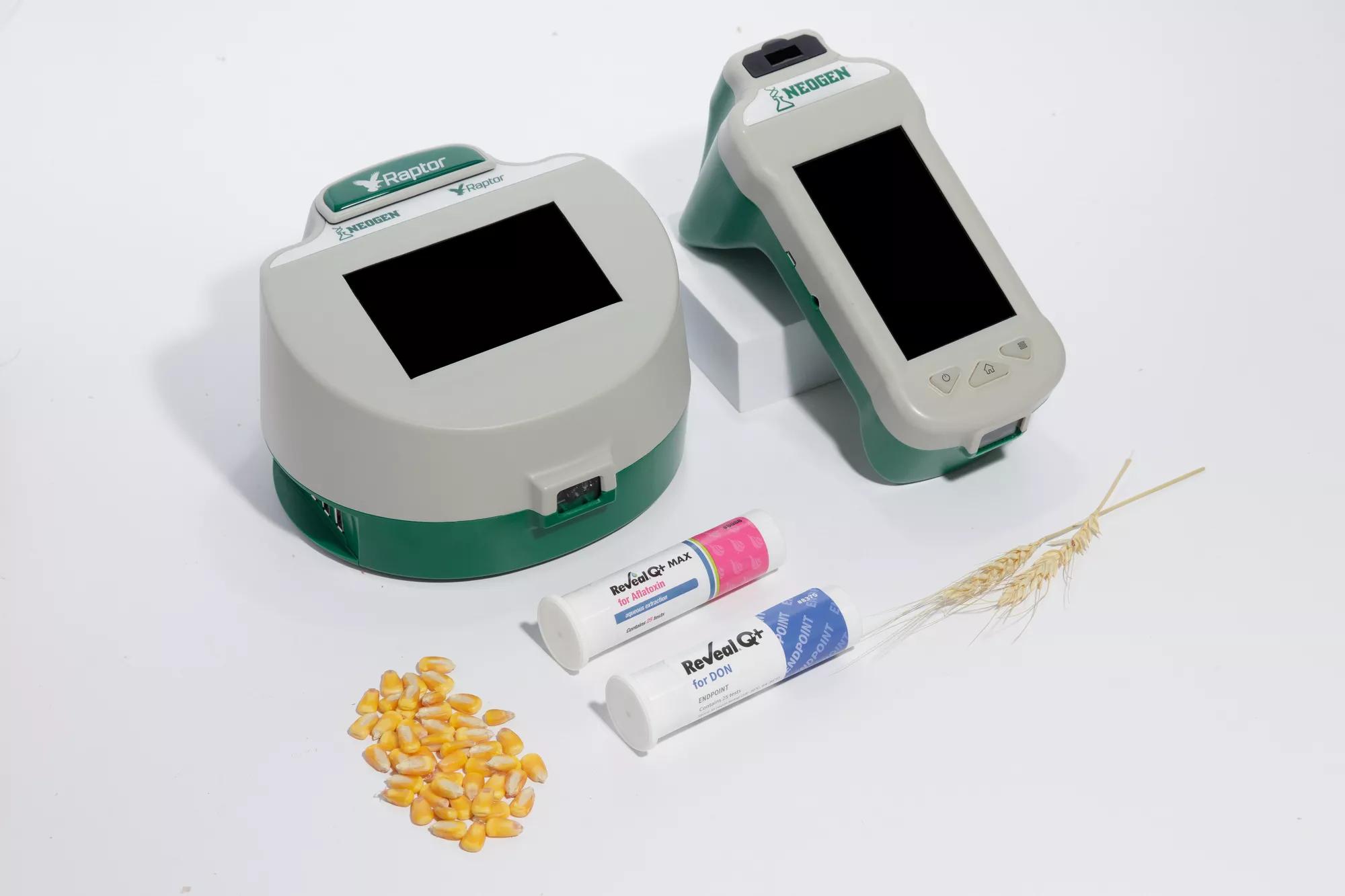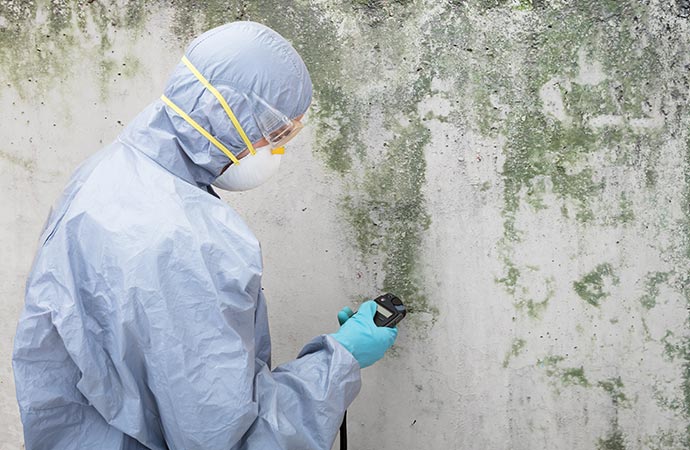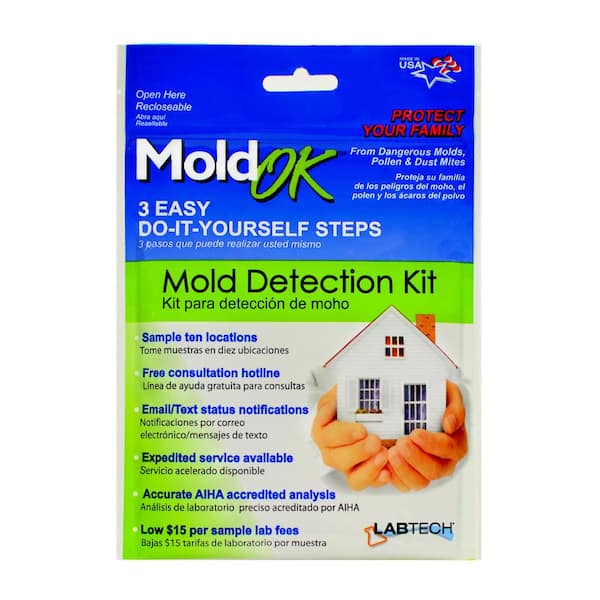Mycotoxin testing Services: Guaranteeing Quality and Safety in Your Supply Chain
Mycotoxin testing Services: Guaranteeing Quality and Safety in Your Supply Chain
Blog Article
How Mycotoxin Testing Helps Stop Contamination and Secure Food Materials

Mycotoxin screening is an essential method in the food industry, serving as a frontline protection versus contamination by hazardous contaminants generated by molds. With the application of advanced strategies like High-Performance Liquid Chromatography (HPLC) and Liquid Chromatography-Mass Spectrometry (LC-MS), food producers can precisely quantify and discover mycotoxin degrees in farming items.
Understanding Mycotoxins
Comprehending mycotoxins starts with acknowledging that they are hazardous additional metabolites created by specific molds, which can contaminate agricultural items. These metabolites are not essential for the development or recreation of the fungis however can have severe implications for human and animal wellness. Mycotoxins are generally located in staple crops such as corn, wheat, barley, and nuts, where they can proliferate under specific problems of wetness and temperature.
There are numerous types of mycotoxins, each generated by various fungal species. Fusarium types generate trichothecenes and fumonisins, both of which are connected with different acute and chronic wellness problems.

Threats of Mycotoxin Contamination
The dangers of mycotoxin contamination are complex, presenting significant dangers to both food safety and public wellness. Mycotoxins, toxic substances created by particular types of fungis, can contaminate a broad range of farming products consisting of cereals, nuts, flavors, dried out fruits, and coffee.
Economic influences are another significant concern. Polluted plants can result in considerable economic losses for farmers and food producers because of lowered yields and the requirement for pricey decontamination procedures. Furthermore, worldwide profession can be substantially prevented as countries impose rigorous mycotoxin regulations to protect their populations, causing denied shipments and strained trade connections.
Ecological factors such as climate modification worsen the threat of mycotoxin contamination. Variations in temperature and humidity can create beneficial conditions for fungal growth, enhancing the possibility of contamination events. Therefore, understanding and reducing these dangers are vital for ensuring the safety and stability of worldwide food materials.
Techniques of Mycotoxin Checking
Precisely determining mycotoxin contamination in farming products is vital for securing public health and wellness and maintaining food safety standards. Numerous methods are utilized to identify and evaluate mycotoxins, each offering details advantages and constraints.
High-Performance Liquid Chromatography (HPLC) is an extensively used technique due to its high level of sensitivity and accuracy. It includes separating mycotoxins from various other compounds in a sample, enabling exact quantification. Similarly, Fluid Chromatography-Mass Spectrometry (LC-MS) integrates liquid chromatography with mass spectrometry to give in-depth molecular information, making it specifically beneficial for determining multiple mycotoxins all at once - Mycotoxin testing Services.

Gas Chromatography-Mass Spectrometry (GC-MS) and Thin-Layer Chromatography (TLC) are also employed, each with unique applications. GC-MS is effective for volatile mycotoxins, while tender loving care supplies an easier, economical option for preliminary screening.
Advantages of Routine Checking
Regular testing for mycotoxins in farming items provides various benefits, significantly adding to public health and wellness and food security. By identifying contamination early, normal testing helps protect against the circulation of harmful foods, thereby reducing the threat of mycotoxin-related ailments amongst consumers. This proactive strategy not just safeguards human health yet likewise boosts the general quality of food supplies.
Different countries and areas have actually established strict limitations for mycotoxin degrees in food and feed. Adhering to these limits with normal screening ensures that distributors and producers satisfy lawful criteria, thereby avoiding charges and trade obstacles.
In addition, normal mycotoxin screening can lead to significant economic benefits. Early detection of contamination permits prompt treatment, lowering possible losses from widespread contamination. Executing routine testing procedures can likewise lessen recall prices and related liabilities, which can be financially ravaging.
In addition, normal screening provides valuable information that can notify far better farming methods and storage space conditions. By recognizing patterns of contamination, producers can embrace safety nets, therefore decreasing future threats and adding to the sustainability of the food supply chain.
Implementing Evaluating Procedures
Applying efficient mycotoxin testing procedures is vital for making sure the safety and security and quality of agricultural products. Developing a robust screening structure includes great post to read several essential steps, starting with the recognition of prospective contamination factors within the production and supply chain. This includes pre-harvest, post-harvest, storage, and distribution stages. Each stage has to be looked at to pinpoint where mycotoxin contamination is most likely to happen.
Once essential control points are recognized, selecting proper testing techniques is important. Usual techniques consist of enzyme-linked immunosorbent assay visit here (ELISA), high-performance fluid chromatography (HPLC), and mass spectrometry (MS) Each method has its weaknesses and toughness; thus, selecting the correct one depends upon the details mycotoxin being evaluated, the called for sensitivity, and offered sources.

Lastly, incorporating the testing methods into a thorough food security management system is advisable. This improves traceability and makes it possible for quick rehabilitative actions when contamination is detected, consequently safeguarding the stability of the food supply chain.
Conclusion
Mycotoxin testing is necessary in protecting against contamination and safeguarding food supplies by enabling early detection of damaging toxic substances created by mold and mildews in farming items. Routine screening improves brand name online reputation, financial security, and count on in food security by reducing contamination-related losses and preserving high standards in food production.
Mycotoxin screening is a vital practice in the food market, serving as a frontline Related Site defense versus contamination by damaging toxic substances created by molds. An integrated approach entailing farming methods, storage management, and regular screening can alleviate the dangers associated with mycotoxin contamination, guaranteeing food safety and public wellness.
The dangers of mycotoxin contamination are diverse, posing substantial hazards to both food security and public health.Normal screening for mycotoxins in agricultural items uses various benefits, dramatically adding to public health and food safety and security.Mycotoxin testing is important in preventing contamination and securing food materials by making it possible for very early detection of harmful contaminants created by mold and mildews in agricultural items.
Report this page